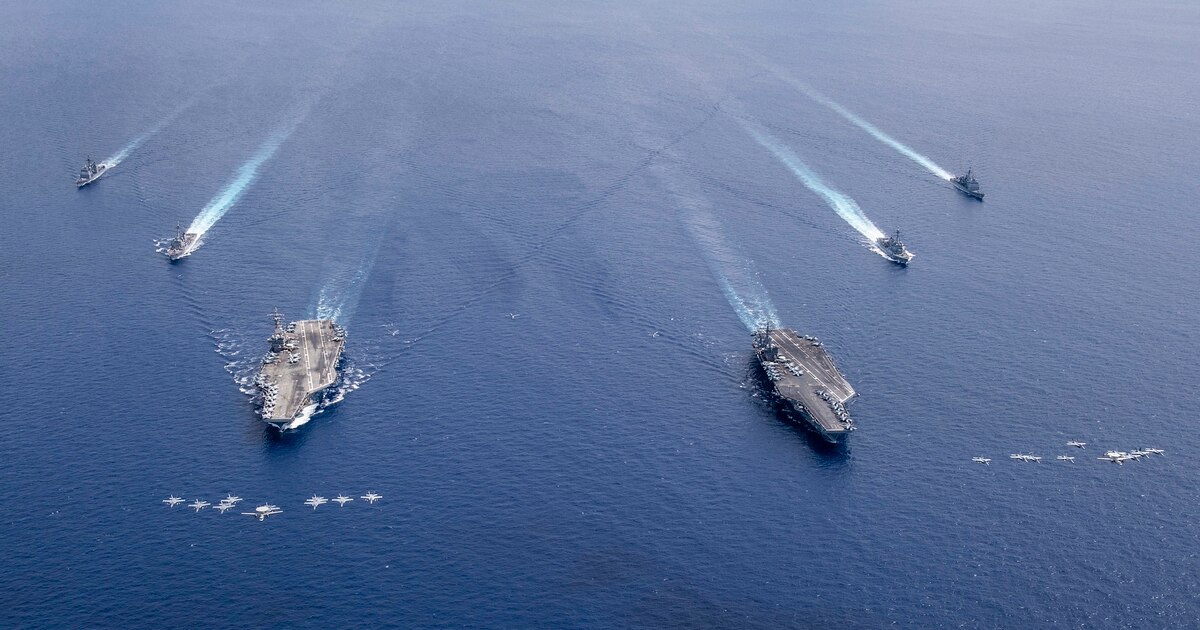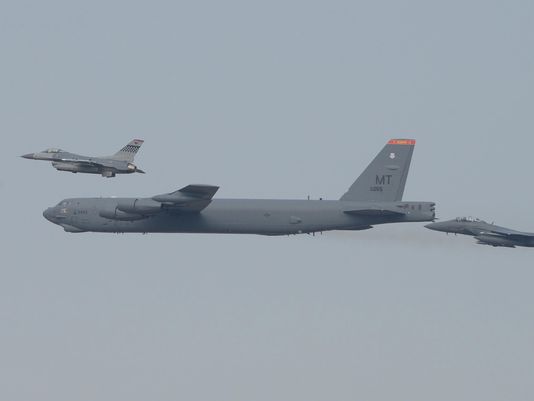
Last week, the Senate and House voted to prohibit any reduction in America’s permanent troop deployment to Europe in a rare display of bipartisan unity, only to see President Trump ignore them days later when he announced troop withdrawals from Germany. Senate Republicans had stood up to the president, joining Democratic colleagues to deny Trump a campaign pledge to reduce US forces overseas. Regrettably, this rare bipartisan act is wrong-headed. Why? New research shows that permanent troop deployments have little impact on America’s ability to deter aggression overseas, while carrying significant costs of their own.
Pentagon leaders have consistently resisted the president’s entreaties to reduce permanent overseas troop deployments, be it in South Korea, Japan, or – most recently – Germany, worrying it will embolden China, North Korea or Russia. Maintaining permanent forces abroad, typically with their families, is remarkably expensive. And Russian aggression in Ukraine and Chinese assertiveness in the South China Sea should make military policymakers question their conventional wisdom.
The Stimson Center recently completed an analysis of more than 100 events since the end of the Cold War, when the US used the armed forces to coerce another country without resorting to actual war. For example: US leaders have sent aircraft carriers into the Persian Gulf to convince Iran to change its behavior, and held frequent military exercises with South Korea to demonstrate US resolve to the North. One key finding of the Stimson research is that, during a crisis, moving new forces into the region does significantly increase the chance that an adversary will back down. But the number of troops, aircraft, and ships already in the region prior to a crisis had no impact on the outcome.
The statistics show that permanent deployments are seen by our adversaries as part of the woodwork – factors that can be discounted when judging America’s seriousness. What caught the attention of the decision-makers the U.S. was trying to coerce was the demonstration of resolve when additional American forces are put at risk. Moreover, it was the fact of moving forces — not the types of forces moved –that mattered. The data show that the deployment of an amphibious ready group was effective, as was the movement of an aircraft carrier strike group. Deploying ground forces and land-based air forces in significant numbers also were effective attention-getters. Unlike other forms of escalation – such as economic sanctions, which may be interpreted as signs of weakness — adding firepower is what got the attention of potential adversaries.
For example, the permanent US presence in South Korea and Japan did not seem to deter North Korea from provocative actions during the latter years of the Obama Administration. The temporary movement of US strategic bombers and advanced fighters to South Korea – and their flights just outside North Korea’s airspace – did seem to get Kim Jong-un’s attention. Similarly, the temporary deployment of US ground and land-based air forces to Eastern Europe in recent years seems to have put Russia’s threats to move beyond Ukraine on hold, at least temporarily, whereas the 30,000 troops based primarily in Germany did not seem to have been noticed.

B-52 flies low near North Korea Jan. 2016
Permanent troop deployments overseas do serve many purposes. They seem to reassure allies about our security commitment, and that has value. U.S. commanders become more familiar with potential battlespaces and operating with allied forces. But these purposes can be served by frequent temporary deployments for joint exercises. And the additional money that President Trump would like allies to spend to support our permanent presence could be better spent building out the infrastructure to facilitate the rapid movement of forces into the theater when it’s most likely to matter. Improving airfields, ports and transport lines would be helpful, for example, as would enlarging logistical hubs for pre-deployed tanks and other heavy equipment.
In the end, this finding is an argument for a more nimble US military, along with the intelligence and surveillance resources necessary to keep a close eye on the military readiness of potential adversaries. It may be that when considering how best to protect America’s friends abroad, it is useful to consider the mantra of the great boxer, Mohammed Ali. Don’t stay rooted in one place. Instead: “Float like a butterfly; sting like a bee.”
Barry Blechman is co-founder of the Stimson Center. The study referenced in this article, Military Coercion and US Foreign Policy, co-edited by Melanie Sisson, James Siebens, and Blechman, was published in May by Routledge.
China’s new H-20 stealth bomber ‘not really’ a concern for Pentagon, says intel official
“The thing with the H-20 is when you actually look at the system design, it’s probably nowhere near as good as US LO [low observable] platforms, particularly more advanced ones that we have coming down,” said a DoD intelligence official.


























